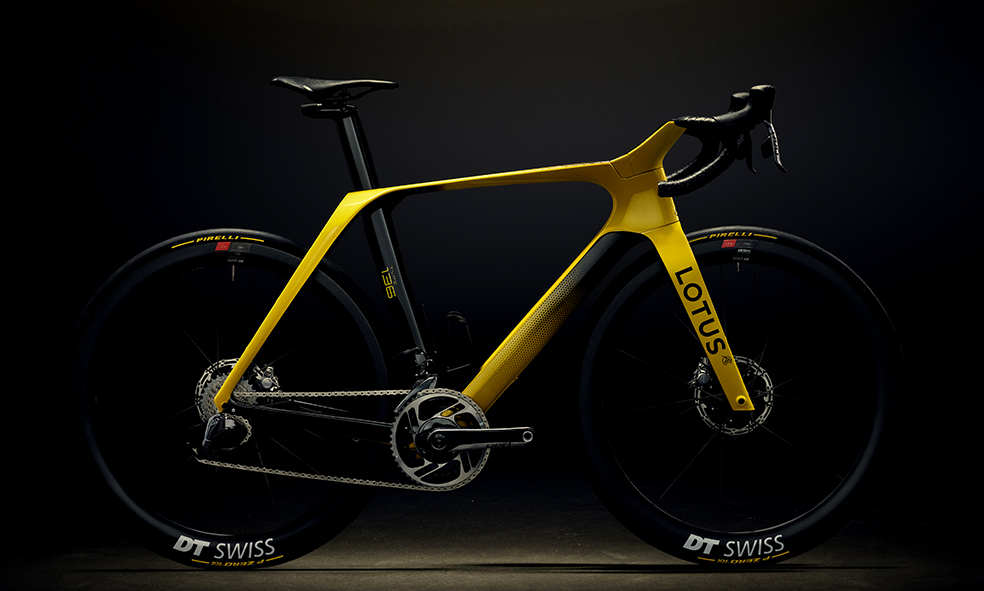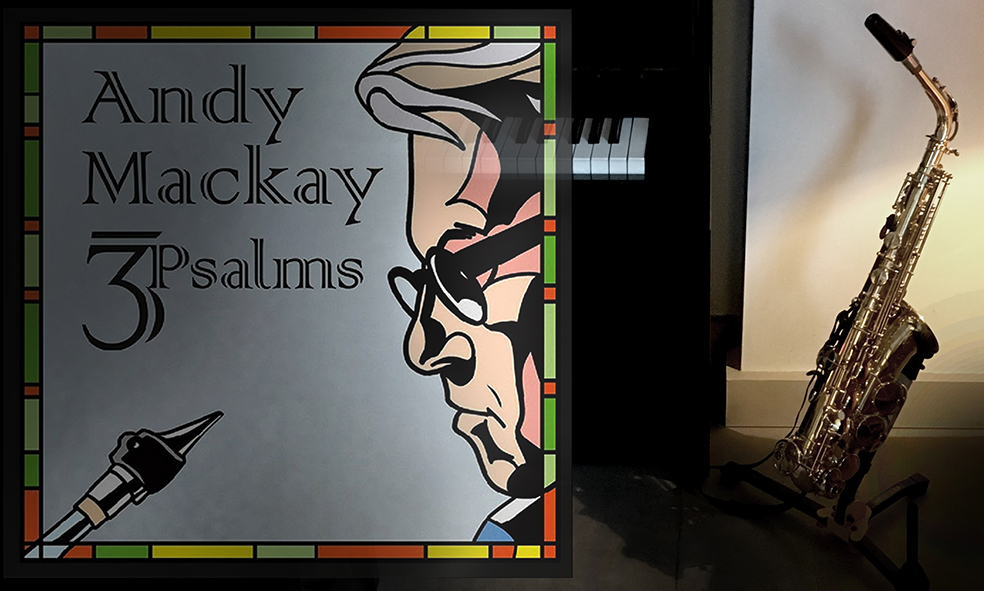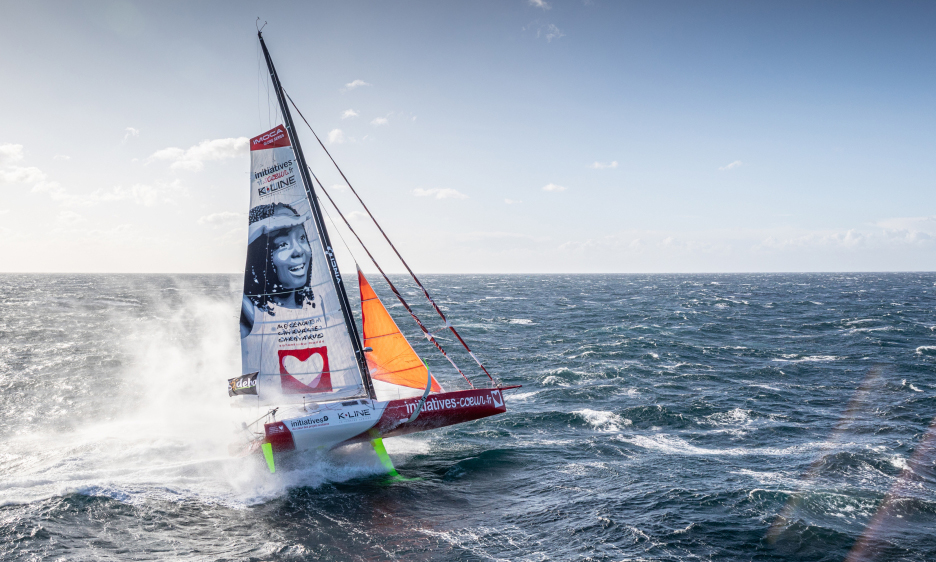Lotus Type 136: The New Two-Wheeled Rocket Ship from Lotus
By Sam Clark
Images: Lotus Cars
The hyper-sleek new Type 136 combines over 30 years of road and track cycling success with cutting-edge engineering and tech from another planet. Lotus’ Olympic gold-medal-winning heritage inspires the aero design. Unlike the Olympic editions, you can buy a Type 136 and ride your own (very!) high-performance bike.

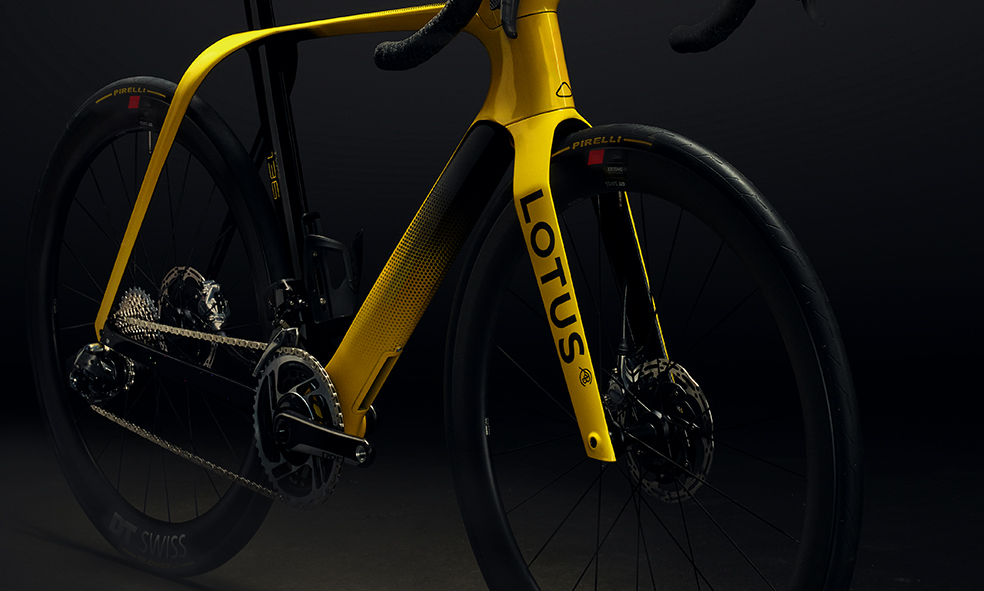
Lotus Type 136, Handmade in Italy
The lightweight carbon frame is built in Italy and equipped with state-of-the-art components. Weighing just 9.8 kilograms, theType 136 is one of the lightest e-road bikes on the road.
Power from Mars
I’m not sure why you would need, or want, a motor on such a high-performance bike. But, I guess if it’s available, then why not?
The bike’s Watt Assist Pro Motor system is derived from the Mars Lander Project. It is the lightest e-bike motor system on the market. The motor weighs just 300 grams, and the whole unit is 1.2kg. It’s housed in the bottom bracket, seamlessly integrating into the bike’s frame. The battery is elegantly disguised as a sleek water bottle and is easily detached when you want to test your legs.
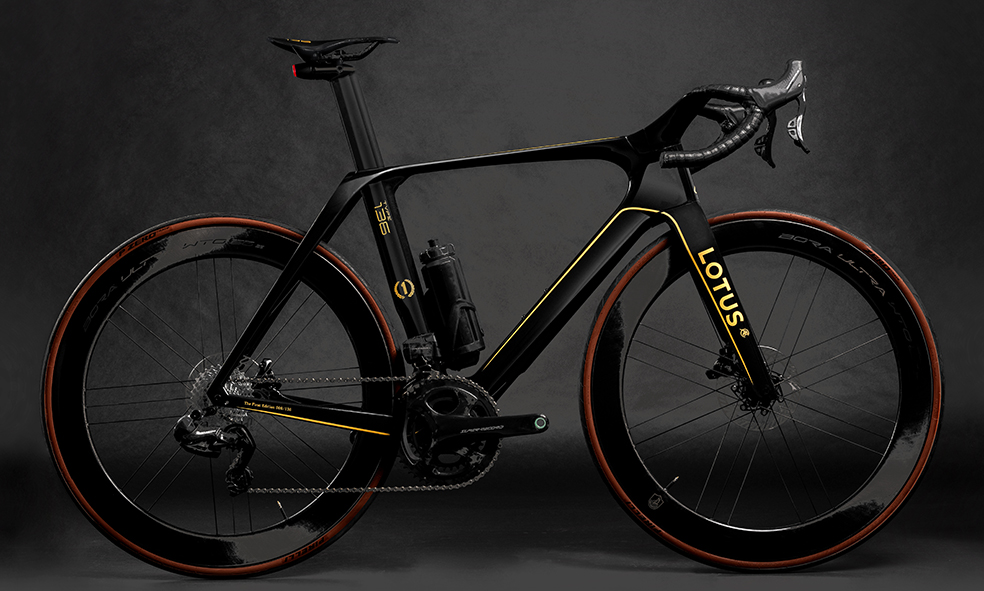
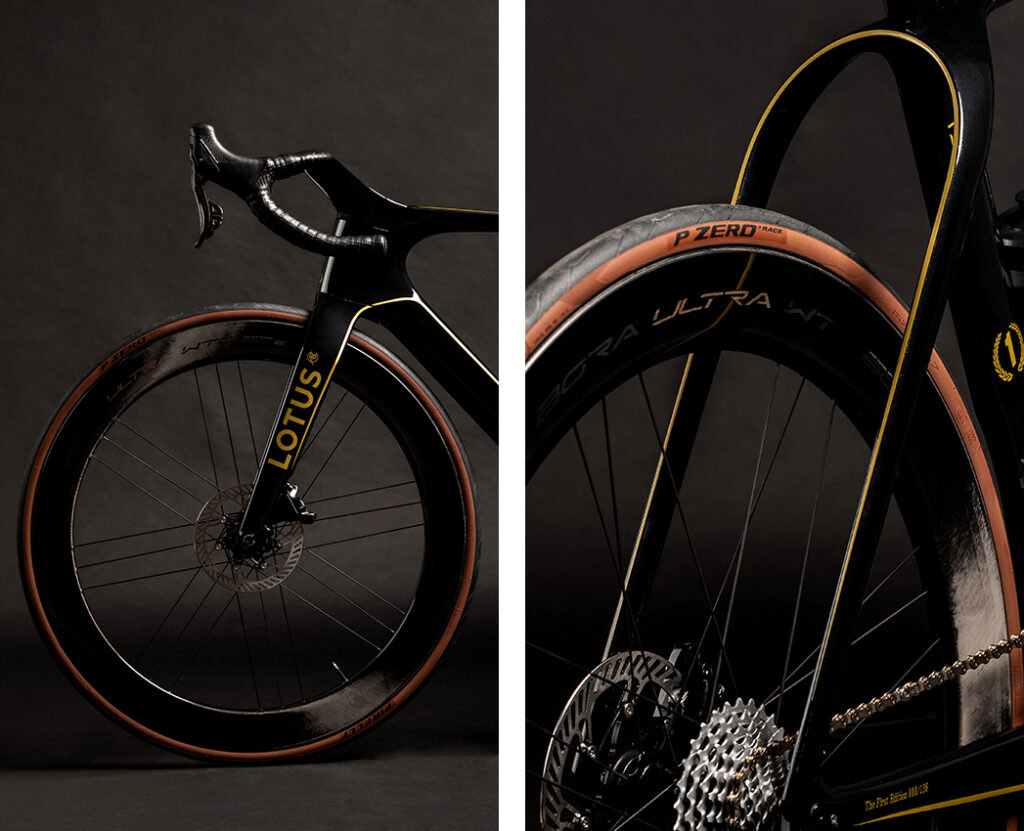
The Most Famous Bike in the World
In 1992, Sir Chris Boardman won Olympic gold in Barcelona riding the aerodynamic, monocoque framed Lotus Type 108. Some years earlier, the idea of monocoque bike frames had been developed by Norfolk based designer Mike Burrows, but his designs were deemed illegal by the British Cycling Federation. Three years later, the ban was overturned, but Burrows had moved on to other projects. Lotus engineer and keen cyclist Rudy Thormann understood the benefits of a monocoque frame and took Burrow’s ideas to his boss, Roger Becker. Becker realised its potential and thought it would allow Lotus to demonstrate its engineering expertise to a new market. He also believed it would give a much-needed morale boost to the Lotus workforce, who were facing the effects of the early 1990s recession. And so, Chris Boardman’s Lotus Type 108 became one of the most recognisable bikes on the planet. Boardman went on to smash records riding the Type 110 and wear the yellow jersey in the Tour de France two years later.
Lotus went on to build medal-winning bikes for the likes of Chris Hoy and Laura Kenny. Now, together with Hope, they continue to provide the British Cycling Team with world-beating track and road bikes.
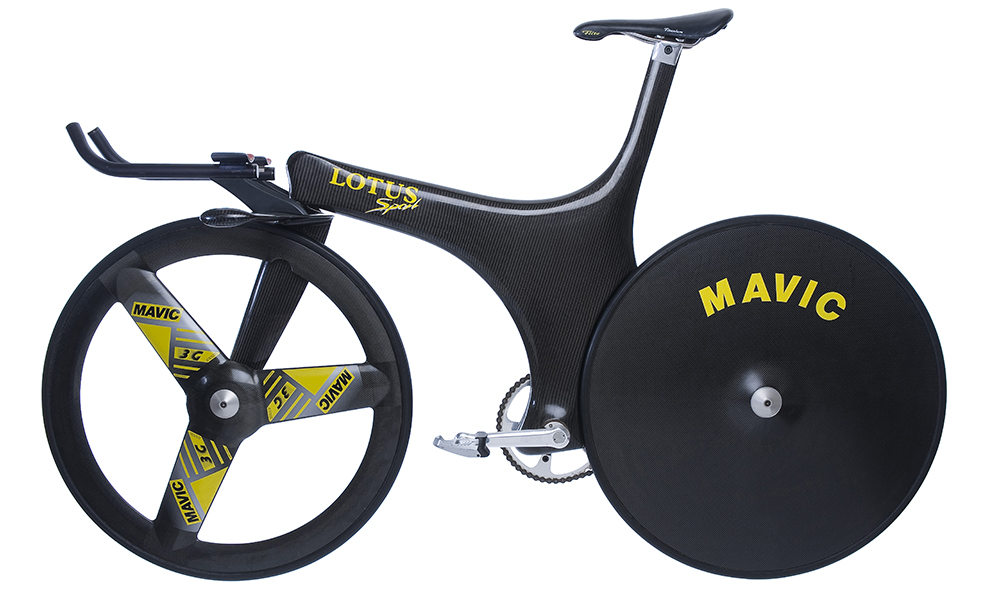
A History With More Horsepower
Back in the 60s, before air flow became as crucial as petrol, Enzo Ferrari curtly remarked, ‘Aerodynamics are for those who can’t build engines’.
The Lotus engineers revolutionised the principles of Formula 1. They produced the first monocoque chassis, integrating the engine and components into the car’s body. This was followed by a succession of ground-breaking aerodynamics that changed F1 forever.
Faster than Ferrari
Colin Chapman founded Lotus in 1952, and the company have continually pushed the boundaries of design and engineering. In 1976, Chapman and his team worked on a new car that would revolutionise Formula 1. Chapman had been studying the new British de Havilland Mosquito fighter bomber, particularly its wings which hot air outlets from the engines designed to induce lift. Simply put, Chapman thought an inverted wing would work in a car to plant it on the road. His Chief engineer, Tony Rudd and aerodynamicist, Peter Wright, had previously considered the idea, but lack of funding when they worked at British Racing Motors (BRM) meant it wasn’t developed. Together at Lotus, they produced the Type 78. Behind its side panels was a body shaped like an upside aeroplane wing. Instead of lift, the aerodynamics produces downforce, pushing the car into the road and increasing traction which meant faster cornering and harder braking. The Type 78 ran its first race early 1977 and went on to dominate the field, winning five races in its first season season. Chapman and his team had discovered what is now known as ‘ground effects’, which is the basic principle of every race car on the track today.
The innovative vision and technical ability to harness airflow and horsepower helped Lotus to be the first marque to achieve 50 Grand Prix victories – overtaking Ferrari, who had had a sizable headstart. Ferrari had celebrated their first win nine years before Lotus.
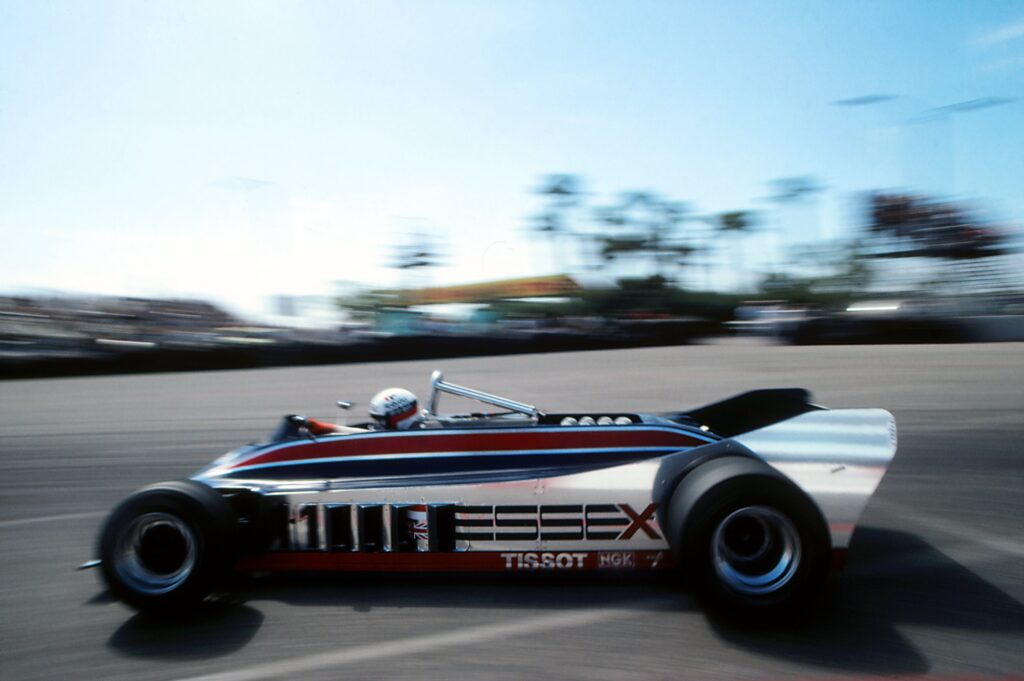
Lotus Type 136, a bike built on speed.
The Lotus Type 136 First Edition is £20,000. The Type 136 is available with Shram Red and Shram Force groupsets from £15,199.
For more information visit the Lotus website here
Top Tips for your cycling aerodynamics from an expert. Read more here.




